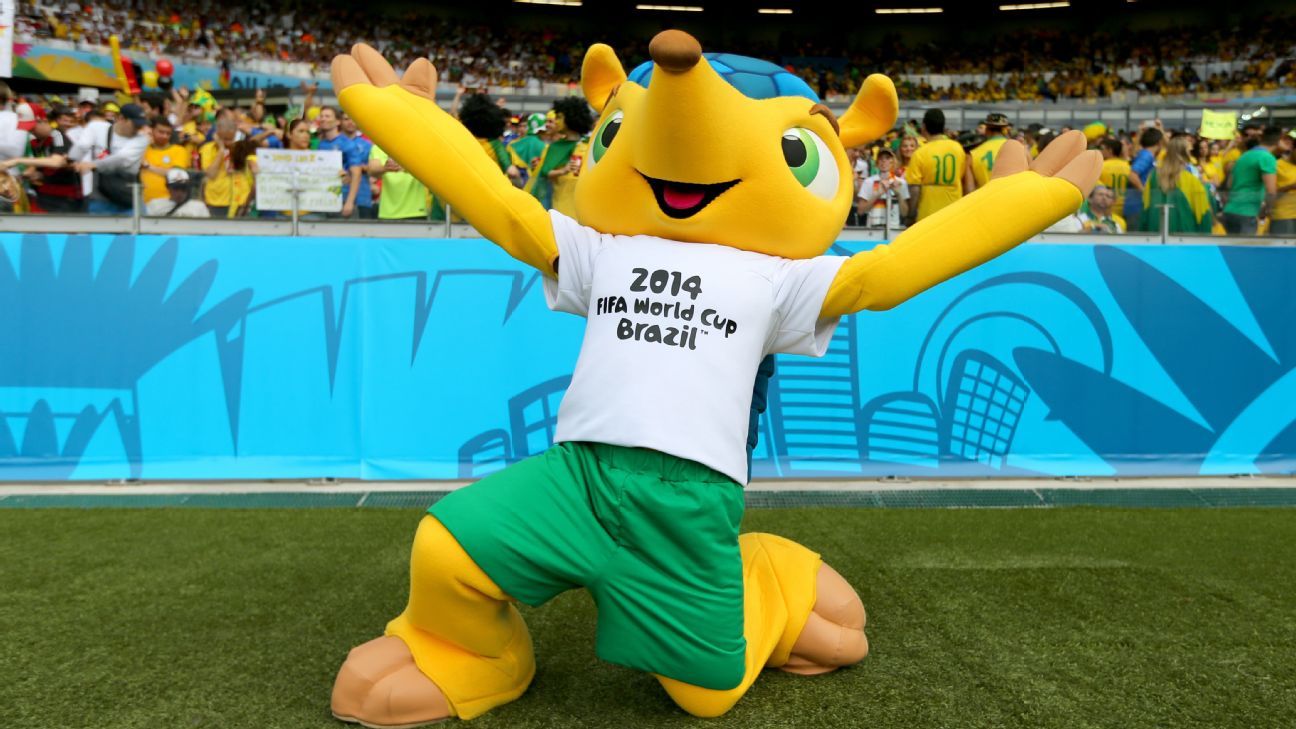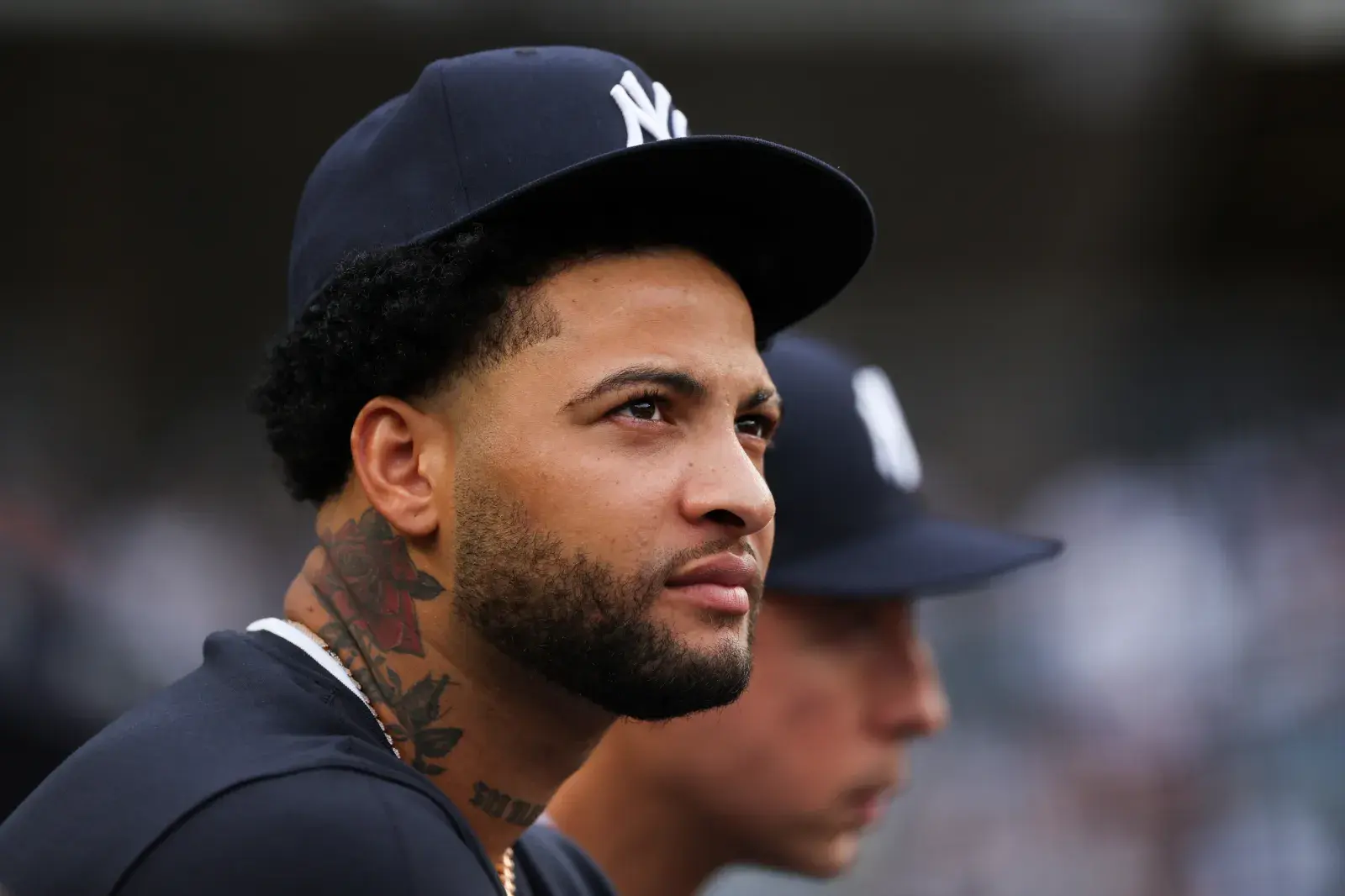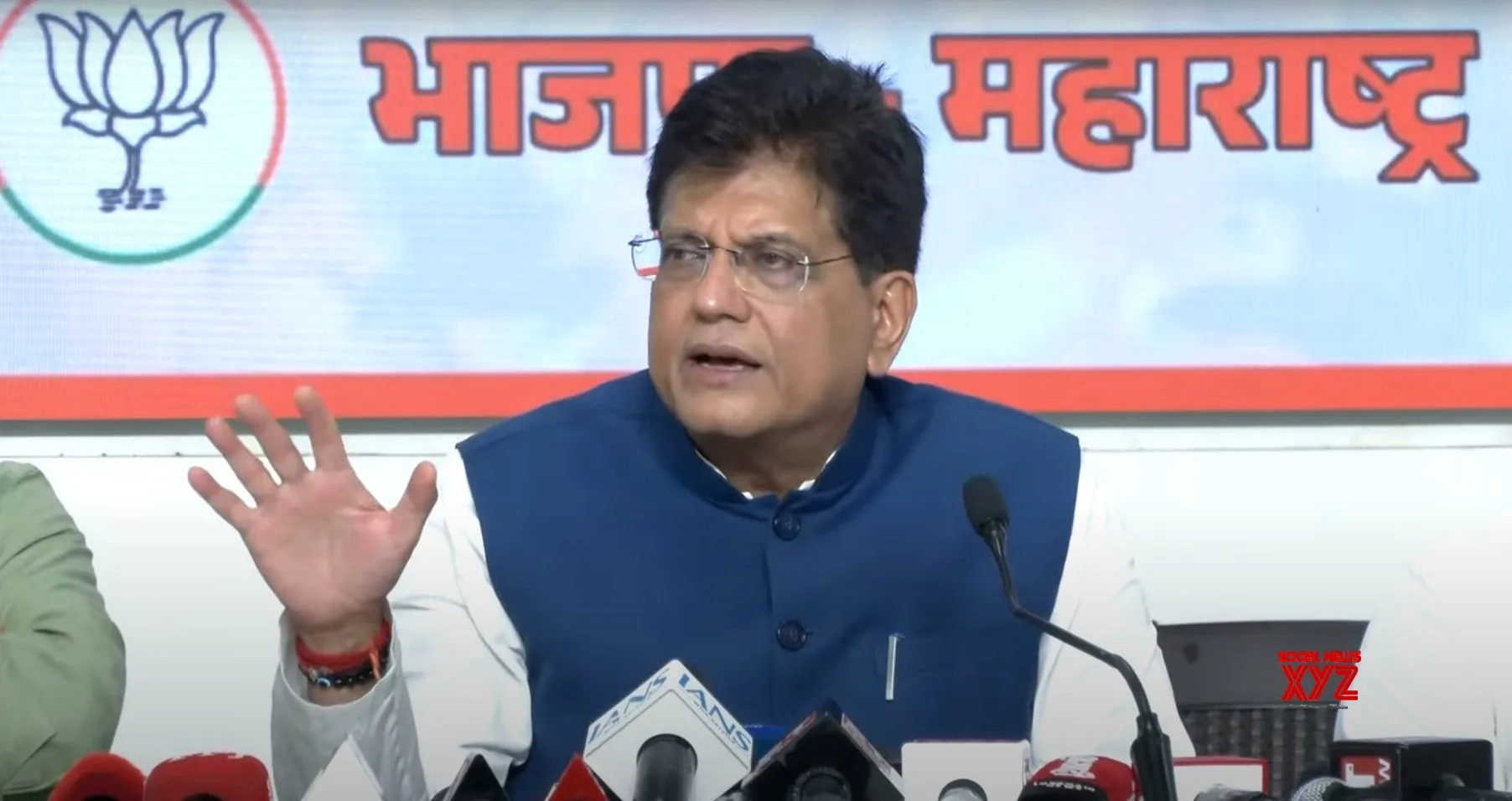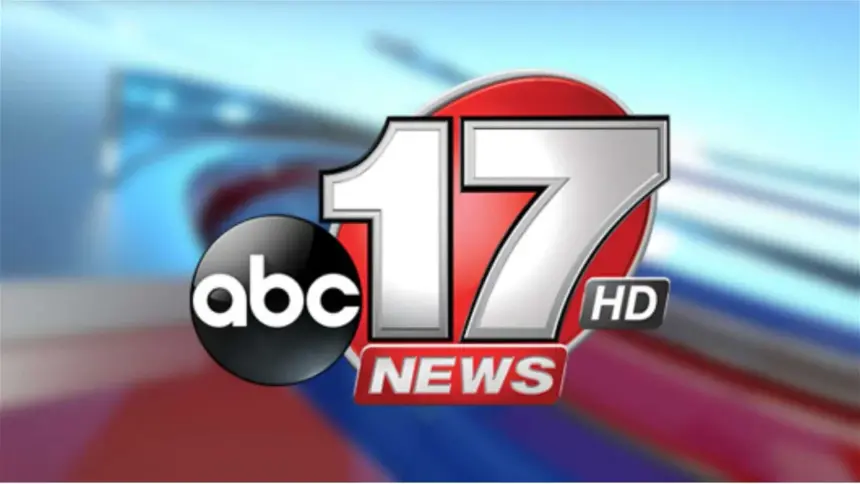
Move over Ballon d’Or, we’ve got new World Cup mascots to analyze and argue over. With news that Maple the Moose (representing Canada), Zayu the Jaguar (Mexico), and Clutch the Bald Eagle (United States) have officially joined the tournament’s all-time list of mascots for 2026, we wondered where the trio fit in the pantheon?
As part of an eclectic group since 1966 that includes an anthropomorphic orange, a trouser-less bear that spends his time with a talking soccer ball, and a faceless stick figure, it’s no easy or empirical task to organize them all from worst to best.
In a ranking that will surely garner just as much discussion as Ousmane Dembele vs. Lamine Yamal, we have organized that motley mascot crew from bottom to top. Let’s dive in…
All mascot photos via FIFA.com
– Soccer’s most stylish 2025-26 kits: The world’s best jerseys
– Will Tessmann leapfrog McKennie, Musah to start World Cup for U.S.?
– Designer clutches, grocery bags: Soccer’s toiletry bag obsession
16. Ant, Kaz and Nik: South Korea/Japan, 2002
Soccer should reward the avant-garde risk takers and not those who want to park the bus artistically, but 20+ years later, this one still feels just as confusing as it did back then.
A contrived attempt at looking to the future, these guys ultimately land at the bottom of our ranking thanks to not even playing soccer to begin with. According to FIFA, they’re playing “Atomball” instead, with Ato the coach and Kaz and Nik his players.
15. Gauchito: Argentina, 1978
Hey, Mexico 1970, is it okay if we copy your homework? There was clearly a theme in the 1970s of including kids as the World Cup symbols.
He wears a hat that says “ARGENTINA 78” in case you missed what tournament it was, and a handkerchief. But, despite possibly being the only mascot in history to include a whip thanks to his gaucho attire, there’s a real lack of creativity here.
14. Tip and Tap: West Germany, 1974
You have to give some credit to West Germany for bringing in the first-ever mascot duo in what was a clear unifying message at a time of political upheaval, with two young boys “Tip” and “Tap” joining forces.
FIFA noted that they bring an “image of togetherness and friendship,” but there’s just something deeply unsettling about their cartoony smiles and faces. And if you were wondering what WM stands for, then it’s Weltmeisterschaft (German for World Cup.)
13. Juanito: Mexico, 1970
A World Cup that brought us the tournament’s first TV broadcasts in color, the iconic Telstar ball, that incredible Brazil team, and arguably the greatest branding in the history of the competition, deserved a bit more than the modest Juanito.
Granted, he was only the second-ever mascot and the first kid to be involved, so the designers might not have had much to go on, but it was a missed opportunity given how history remembers the event.
12. Zabivaka: Russia, 2018
We’re now entering the “not bad, but not great” part of the list as things start to get serious.
Zabivaka, described by FIFA as a wolf that “radiates fun, charm and confidence,” definitely gets points for the Edgar Davids-like vibes with the goggles, but he doesn’t really stand out apart from that. Designed by a student, his name means “one who scores” and Russia managed to net five goals in their first match.
11. Maple, Zayu, and Clutch: Canada/Mexico/U.S., 2026
Just like the inevitable World Cup fate of the host nations in 2026, these mascot didn’t surpass expectations.
Though FIFA claims that the animal selections were “thoughtfully developed to reflect the vibrant culture, heritage and spirit of their respective countries,” the Canada (a Moose) and the U.S. (a Bald Eagle) options were far too predictable, and the Jaguar named “Zayu” led to plenty of head-scratching from Mexico.
Overall these three look more like video-game characters than mascots — which I guess is kind of the point.
10. La’eeb: Qatar, 2022
The name comes from an Arabic word meaning “super-skilled player” and points are given for the cultural significance and playful attitude of the design. But eyerolls are also initiated with FIFA’s description of La’eeb belonging “to a parallel mascot-verse that is indescribable — everyone is invited to interpret what it looks like.”
We’re not really sure what to interpret to be honest, so we’ll just pick this one right in the middle of the pack.
9. Zakumi: South Africa, 2010
Somehow both friendly and competitive-looking for an apex predator, and with dyed-green hair that provides plenty of camouflage on the field, there’s plenty to like about Zakumi the leopard — who also carries a throwback ball from the 1980s and ’90s.
It’s not ground-breaking by any means, but it’s definitely a step above the previous seven listed and thankfully audio is not included, otherwise the drone of the infamous Vuvuzelas would definitely be part of it.
8. Fuleco: Brazil, 2014
FIFA is often criticized for the ecological impact of hosting a World Cup, so how could you not support a colorful armadillo who cares about the environment?
Fuleco, a “fusion of the words ‘futebol’ and ‘ecologia,'” could have easily been any rainforest-like creature given Brazil’s deep roots to the Amazon, but the creators took a chance here and pulled it off with the vivid character.
7. Goleo VI and Pille: Germany, 2006
Who needs CGI or any fancy editing software when you can have the Jim Henson Company build a singing, pants-less bear?
The name Goleo VI, evidently came from the lion’s father shouting “Go Leo!” when the lion was playing matches. Oh, and he has a talking soccer ball friend who “boasts an encyclopedic knowledge” of the world’s greatest game. That could get annoying. Still, I say give us more interesting and traditional mascots like these going forward, and not so much of the sleek video-game characters.
6. Pique: Mexico, 1986
Emerging from the 1980s like a surrealist Mexican dream, Pique is a soccer-playing chili pepper — one of just two forms of produce that have made their way onto the World Cup mascots list.
Could some of the stereotypical aspects of the design have been toned down? Most definitely. Nowadays this wouldn’t get through. But he’s still a deservedly much-loved figure who is tied to Diego Maradona’s famous World Cup victory for Argentina.
5. Footix: France, 1998
Vibrant and inspired by a national symbol (the Gallic rooster), Footix also has the benefit of being a mascot during the last World Cup in which a home nation lifted the trophy.
On-the-field romanticism and nostalgia come into play for that World Cup, as does Footix’s singular evolutionary commitment to the game that includes having boots built into the bottom of his feet.
Footix is also the father of Ettie, the young female chicken mascot for the Women’s World Cup in 2019.
4. Naranjito: Spain, 1982
Sporting the wide grin of a mascot that was not only about to buck the trend of conservative designs, but also one that was about to watch one of the greatest World Cups in history, Naranjito brought in some much-needed zest. (Yes, that’s an orange joke.)
Naranjito also starred in a TV show that includes other citrus-based friends alongside Imarchi the robot. I know what we’ll all be watching soon.
3. Striker: USA, 1994
Is this just bias emerging from a soccer-playing kid that grew up in California in the ’90s? Possibly. Is Striker a bit too generic? Perhaps. Nonetheless, there’s no denying how perfectly suited a Warner Bros. Animation dog is to the American cultural mindset, and that much was made clear by the fact the population voted for him.
There’s an earnestness to Striker’s look as well; you just know he stays late after training to put in the hard yards. And possibly has another job solving crimes.
2. World Cup Willie: England, 1966
The OG mascot. And if he’s not your favorite mascot, then he’s your favorite mascot’s favorite mascot.
Willie means business with his posture and no-nonsense Union Jack shirt that simply reads “World Cup”. You certainly wouldn’t want to mess with a lion with that expression on his face, though you might be able to run away from him given his boots have no studs…
Willie set the tone for all his successors going forward and even has a song dedicated to him that states he’s the “brand new soccer king.” All hail Willie. Though he doesn’t top our ranking.
1. Ciao: Italy, 1990
What happens when you ditch the usual straightforward approach and look towards cubist art? You get Ciao, a delightfully perplexing stick figure that perfectly represents our obsession for the sport when you realize that it’s headless without a soccer ball.
Adding another layer of depth, when deconstructed, Ciao’s design also spells “Italia.”
It’s just exceptional work by the creators; they made a mascot that wouldn’t look out of place in a museum, or a stadium pumping Italo-disco music in the background. There’s been nothing quite like it since. Take note, 2030.



